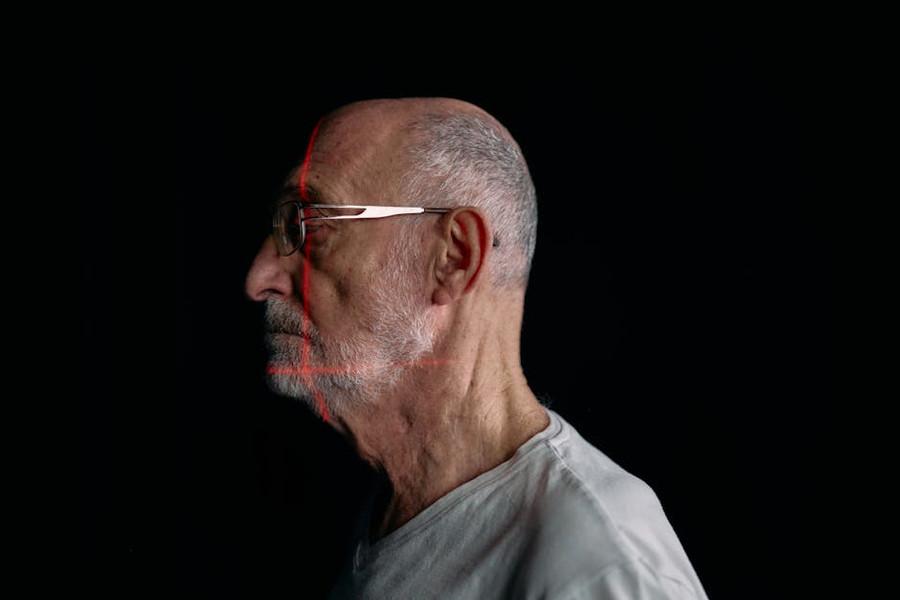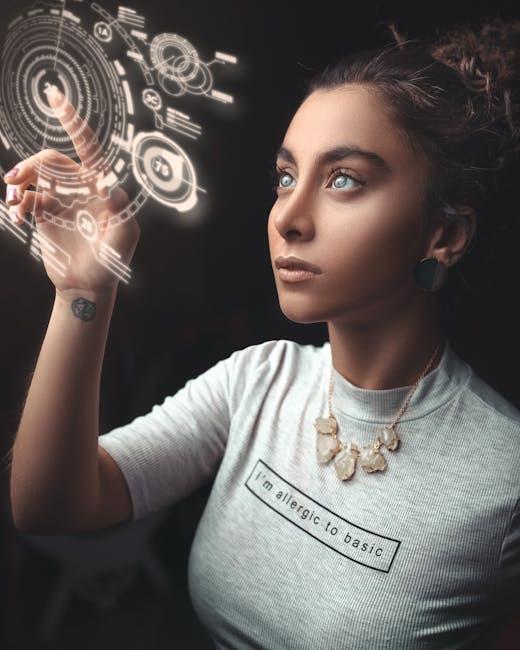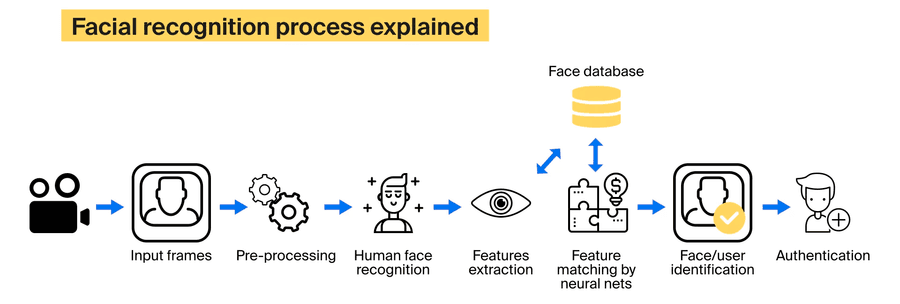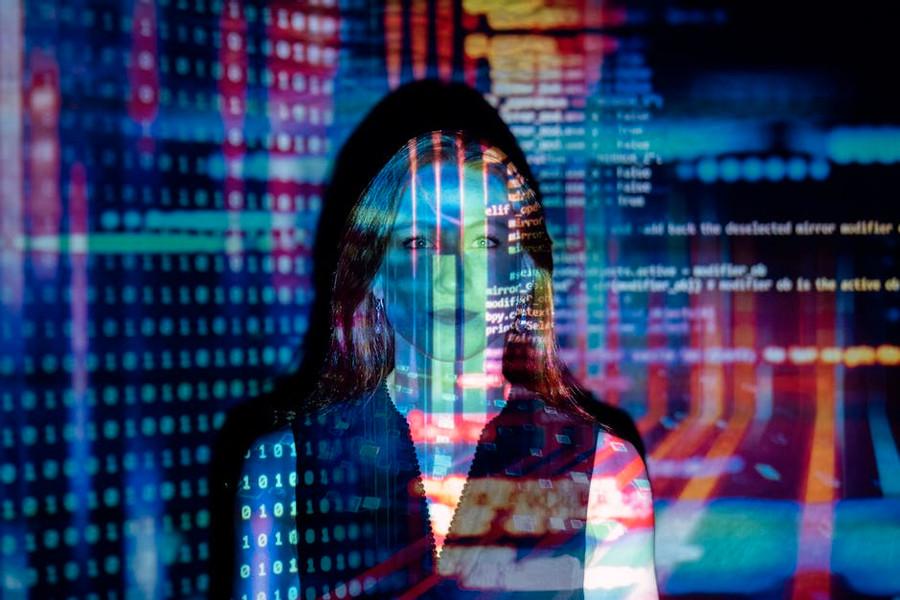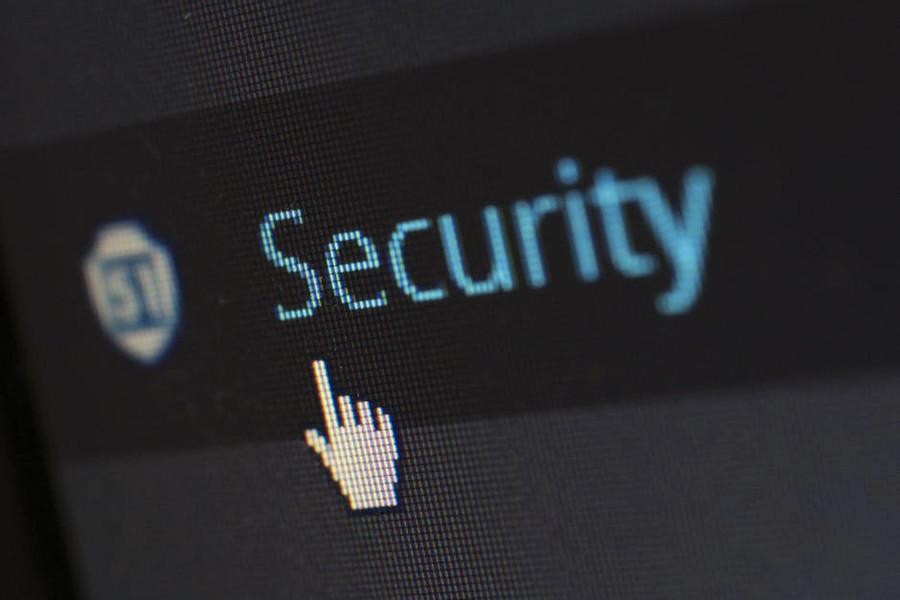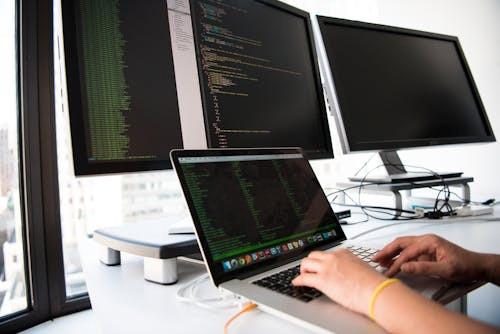Things You Need to Know Before Installing a Facial Recognition System
Curated from: hackernoon.com
Ideas, facts & insights covering these topics:
12 ideas
·801 reads
3
Explore the World's Best Ideas
Join today and uncover 100+ curated journeys from 50+ topics. Unlock access to our mobile app with extensive features.
Deploying Facial Recognition Systems
The global facial recognition market size was evaluated at $3.8 billion in 2020 and is expected to reach $8.5 billion in 2025, growing at a CAGR of 17.2%.
However, the costs of facial recognition software are challenging to estimate. There are hidden expenses that companies tend to overlook and, as a result, surpass the allocated budget.
7
121 reads
The Workings of A Facial Recognition System
Facial recognition systems are considered the most reliable among biometric identification forms, such as fingerprints and iris recognition.
But the technology has its challenges. The facial recognition process often occurs in an uncontrolled environment with variable lighting conditions and dynamic backgrounds. Other factors affecting recognition quality include facial expressions, a person’s age, and ethnicity.
6
202 reads
The Five Main Components Of A Facial Recognition System
- Hardware: includes servers and devices responsible for capturing images.
- Connectivity technology: allows hardware devices to transmit images for further analysis either to the cloud or to other devices on-premises.
- Facial recognition software: a biometric tool that extracts faces from images and matches them to the existing database of faces for identification.
- Database of faces: a collection of identities, such as an employee database or a hub for social media images.
- Client-side web/mobile app: an interface that enables users to view the results.
6
178 reads
How Facial Recognition Systems Work
After detecting a face, facial recognition software reads the facial geometry, which encompasses around 80 different elements. The key features include the distance between the eyes, eye socket depth, cheekbone shape, and jawline length.
When the analysis is complete, the tool will generate a facial signature as a mathematical formula and will compare it against other faces in the repository.
Facial recognition systems have many exciting applications in different industries.
6
67 reads
The Hardware
Companies need to carefully consider their hardware choices to avoid getting their hopes high with a software solution that their devices can’t handle. But at the same time, firms shouldn’t overpay for computational resources that they will not use.
To have a working facial recognition system, you will need to procure cameras, switches, kilometres of cables, and servers for data storage and processing (unless you’re planning to use the cloud). All these utilities will add up to your facial recognition system’s price.
6
50 reads
The Camera
The camera type and its location depends on the desired coverage, image quality, and angle of view.
Examine the location where you want to install cameras. In the case of poor lighting conditions, opt for devices with built-in features that can compensate for the lack of light and still produce images that your facial recognition software can work with.
Also, some facial recognition algorithms require 3D cameras. You might consider purchasing cameras that come with pre-installed computer vision software installed and can accomplish tasks like pre-processing and face detection.
6
35 reads
Hardware Configuration
If the chosen format is not powerful enough, it will cause delays and quality degradation.
To identify a person posing in front of a camera, we need two neural network models – a face detector and a face recognizer. We can process around six frames per second. With these requirements, one could make do with a low-cost graphics processing unit (GPU), and even a central processing unit (CPU) might suffice. However, if we complicate this task by tracking people’s trajectories and actions or even increasing the number of cameras, we will have to procure a more powerful and expensive GPU.
6
28 reads
Facial Recognition Software
Facial recognition solution vendors allow client companies to use their APIs, but you still need to integrate them into your system.
You can turn to custom software vendors to facilitate integration and build a client-side application, which allows you to reap the full benefits of the facial recognition software. For example, integrating a tool that only does face detection and identification will cost you at least $3,000, and this number will increase with the scope of the facial recognition solution.
6
26 reads
Connectivity Requirements
If a company operates from a remote location where different communicating objects are positioned far apart, you will need to establish a reliable communication channel. Such high-quality cables can be even more expensive than servers and cameras and will account for a large portion of the total costs of a facial recognition system.
6
23 reads
The Complexity of Your Facial Recognition Solution
Some off-the-shelf solutions, such as Face++, set their prices based on the classifiers used, with more complex classifiers being more expensive.
Custom facial recognition solutions: The system may include classifiers, such as face detection, face verification, face grouping, similar face search, etc. The more models you accumulate, the more it will cost. But the number of classifiers is only one of several attributes impacting complexity.
Other parameters include the solution’s scalability, number of images being processed, security requirements, availability, and fault tolerance.
6
22 reads
How to Minimize Facial Recognition System Costs in the Long Run
System complexity directly influences the costs of facial recognition software. You can deploy a tool with limited functionality for a few thousand dollars, while a highly complex and secure solution will cost you up to $1,000,000 and even more.
The location of operations also influences the total price. If you need to survey large warehouses with hundreds of cameras, hardware costs will form a large part of your expenditures. But even with complex solutions, you can plan ahead to ensure the allocated budget is wisely spent.
6
24 reads
Tips to Help You Make Cost-Effective Decisions
- Opt for a ready-made solution if you have standard requirements and want something to be up and running in a matter of days without spending a lot on infrastructure.
- Invest in your system's security.
- If you have unique and complex requirements, then it is best to invest in a custom facial recognition solution.
- Don't procure hardware with barely enough power and storage capacity to cover your current needs.
- Leave a margin for estimation errors and possible business expansion.
- Make sure the data you use represents your target population faithfully.
6
25 reads
IDEAS CURATED BY
CURATOR'S NOTE
All about facial recognition tech.
“
Catherine Martin's ideas are part of this journey:
Learn more about artificialintelligence with this collection
How to build trust in a virtual environment
How to manage remote teams effectively
How to assess candidates remotely
Related collections
Similar ideas
Read & Learn
20x Faster
without
deepstash
with
deepstash
with
deepstash
Personalized microlearning
—
100+ Learning Journeys
—
Access to 200,000+ ideas
—
Access to the mobile app
—
Unlimited idea saving
—
—
Unlimited history
—
—
Unlimited listening to ideas
—
—
Downloading & offline access
—
—
Supercharge your mind with one idea per day
Enter your email and spend 1 minute every day to learn something new.
I agree to receive email updates


